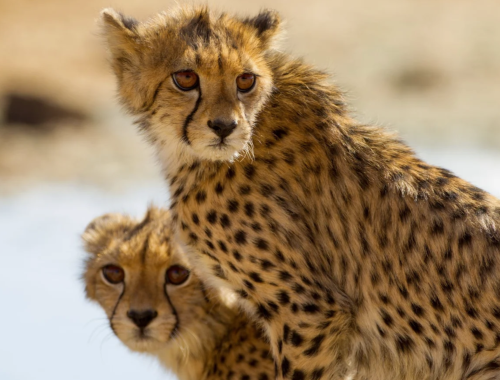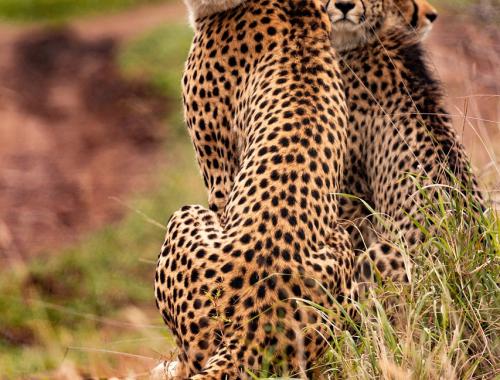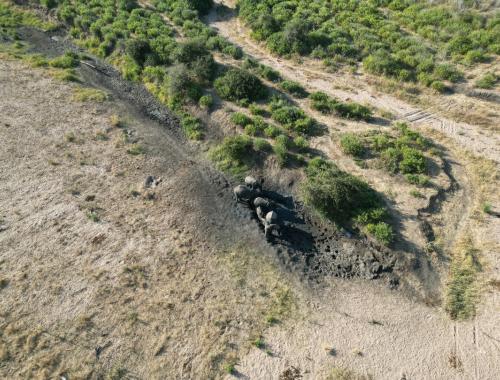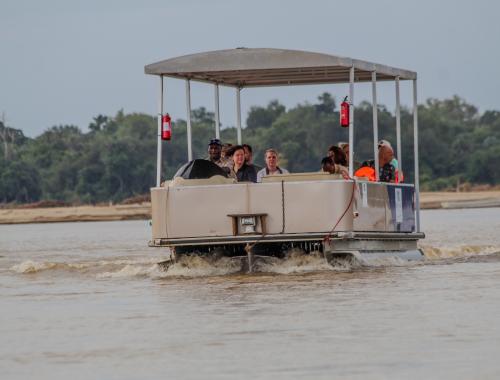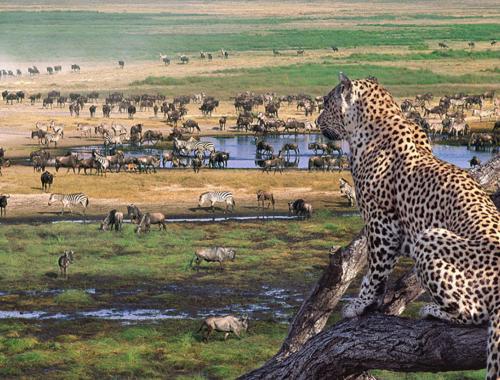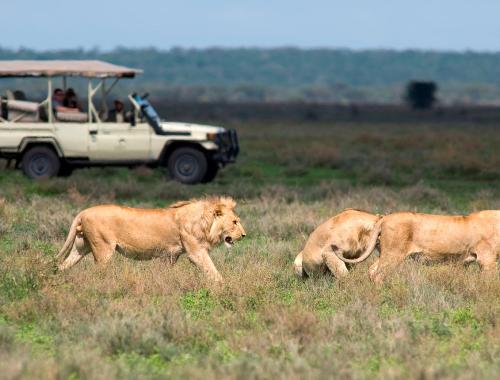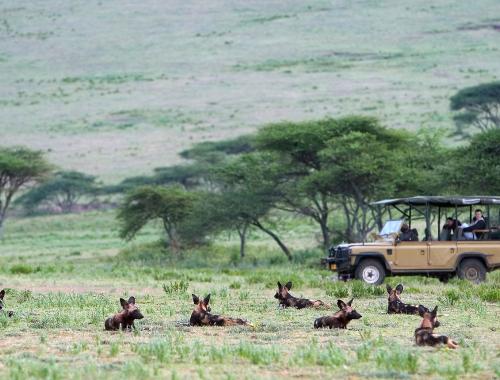Walking Safari
Introduction
A walking safari is a fun and exciting way to explore nature. It means you walk inside the national park or wildlife area with a trained guide. You do not use a car or vehicle. You use your feet to get close to nature, animals, and the wild environment.
Tanzania is one of the best countries in Africa for walking safaris. It has many beautiful national parks, animals, birds, plants, and landscapes. If you love being in nature, hearing birds sing, seeing animal footprints, and learning from expert guides—a walking safari is perfect for you.
What is a Walking Safari?
A walking safari is a guided walk in the wild, usually in a protected area like a national park or game reserve. You walk slowly, usually for a few hours, and enjoy seeing, hearing, and smelling the natural world around you. You are not looking for speed—you are looking for experience.
Walking safaris are very different from driving safaris. In a vehicle, you are safe and can go far. But walking safaris bring you closer to nature. You can:
-
See animal tracks and signs
-
Smell plants and flowers
-
Hear the sounds of nature
-
Learn about insects, trees, and birds
-
Feel part of the wild
You walk with a trained ranger or guide, and sometimes an armed ranger for protection. Safety is always a top priority.
Where Can You Do Walking Safaris in Tanzania?
Many national parks and reserves in Tanzania offer walking safaris. Some of the best places include:
1. Serengeti National Park
-
Famous for the Great Migration and big animals like lions and elephants.
-
Special walking safari areas are set aside to reduce traffic and noise.
-
You walk with armed guides in peaceful areas with rich wildlife and views.
2. Ngorongoro Conservation Area
-
Offers walks around crater rims like Empakaai and Olmoti Craters.
-
See flamingos, forests, and traditional Maasai villages.
-
You can combine nature and culture on foot.
3. Tarangire National Park
-
Known for elephants and baobab trees.
-
Walking safaris let you move quietly near herds and birds.
-
Learn about traditional plant use from local guides.
4. Lake Manyara National Park
-
Offers guided forest and river walk experiences.
-
Great for birdwatching and learning about trees.
-
Walks can be short and family-friendly.
5. Ruaha National Park
-
Wild and remote, full of animals.
-
Offers long walking safaris in the dry season.
-
A real adventure for experienced hikers.
6. Selous/Nyerere National Park
-
One of Africa’s largest wildlife areas.
-
Offers boat and walking safaris.
-
You may walk near hippos, crocodiles, and beautiful river areas.
7. Arusha National Park
-
Close to Arusha town, easy for half-day walks.
-
Walk with a ranger and see giraffes, colobus monkeys, and waterfalls.
-
Mount Meru treks also start here.
Why Go on a Walking Safari?
Here are reasons why a walking safari is a great choice:
1. Feel Close to Nature
When you walk, you are part of the natural world. You feel the wind, smell the grass, and listen to birds. It’s peaceful and powerful.
2. See Small Things
In cars, you may miss details. On foot, you see insects, tracks, droppings, bones, feathers, and flowers.
3. Better Learning
Your guide teaches you about the land, animals, and culture. You learn more deeply than when you just drive and look.
4. Exercise and Health
Walking is good for your body and mind. It makes you strong, calm, and happy.
5. Less Noise
No engines. No car sounds. Just nature’s music—birds, water, wind, and animals.
What You May See on a Walking Safari
You might not get very close to big cats or elephants, but you will often see:
-
Zebras
-
Giraffes
-
Antelopes (like impala, waterbuck, kudu)
-
Warthogs
-
Monkeys and baboons
-
Buffaloes (from a safe distance)
-
Birds, reptiles, butterflies
-
Footprints, nests, feathers, dung, bones
Every walk is different. Even in the same area, the experience changes every day.
Who Can Join a Walking Safari?
Walking safaris are for:
-
Adults and teenagers (usually 12 years and above)
-
People in good health
-
People who enjoy walking and exploring
-
People who follow safety rules and respect nature
Some parks offer short, easy walks for families or older guests. Others offer longer treks for active travelers. Always ask your guide what level is right for you.
How Long is a Walking Safari?
There are different options:
-
Short walks (1–2 hours)
Good for beginners or when you have little time. -
Half-day walks (3–4 hours)
Great for deep nature exploration. -
Full-day walks (5–8 hours)
Requires good stamina. Guides bring packed lunch. -
Multi-day walking safaris (2–7 days)
You walk and camp in the bush with your team. This is a big adventure!
What to Bring
For a safe and fun walking safari, carry:
-
Comfortable walking shoes or boots
-
Light clothes (long sleeves and trousers)
-
Hat and sunglasses
-
Water bottle
-
Snacks or packed lunch (for longer walks)
-
Insect repellent
-
Sunscreen
-
Binoculars
-
Camera
-
Walking stick (optional)
-
Rain jacket (if walking in wet season)
A small backpack is useful to carry your items.
Safety During a Walking Safari
Walking with wild animals may sound dangerous, but it is very safe if you follow your guide’s instructions.
Safety Tips:
-
Never walk alone
-
Always stay behind the guide
-
Walk quietly
-
Don’t run if you see an animal
-
Stay calm and listen
-
Wear neutral-colored clothes
-
Don’t wear perfume or bright colors
-
Do not touch anything without asking
-
Respect animals—do not get too close
Guides are trained to handle any situation. Some walks include a ranger with a rifle for protection.
Best Time for Walking Safaris
The best time is the dry season:
-
June to October
-
Trails are dry and easy to walk
-
Grass is shorter, so it’s easier to see animals
-
Less chance of rain or mud
In the wet season (March to May), it’s green and beautiful, but trails can be muddy and some parks may not allow walking.
Cultural Walks – A Special Experience
Some walking safaris also include visits to local communities. These cultural walks are a way to learn about people who live near the parks.
You may:
-
Visit a Maasai or Datoga village
-
Learn about herbal medicine and traditions
-
Watch local dancing or cooking
-
See how people live with nature
It’s a chance to learn both wildlife and culture, and it supports the community.
How Much Does a Walking Safari Cost?
The price depends on:
-
Park entry fees
-
Length of the walk
-
Private or group walk
-
If camping is included
-
Guide and ranger services
Benefits of Walking Safaris
Walking safaris are eco-friendly. They:
-
Use no fuel
-
Make little noise
-
Don’t damage the land
-
Support local jobs
-
Create unforgettable memories
They are one of the best low-impact ways to enjoy a national park.
A walking safari in Tanzania is not just about seeing animals. It’s about being part of the wild world. You walk slowly, listen carefully, and see life in a new way. Whether you are walking through the forests of Arusha, the savannah of Ruaha, or the riverbanks of Nyerere, every step brings you closer to nature. You see the world through the eyes of a guide who knows every tree, track, and bird call.

